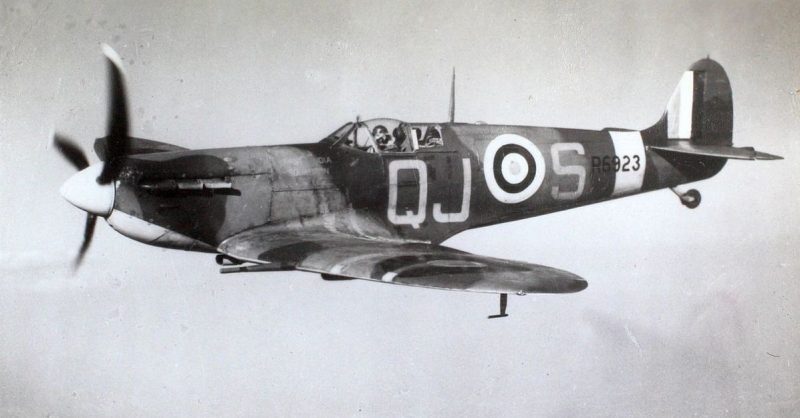Every year on June 30th, Colin Duncan would share a toast with his wife, Dawn, and say that she was lucky to have him.
On that date in 1943, his squadron took to the air to intercept up to 48 Japanese aircraft over Darwin. Flight Sergeant Duncan’s Spitfire overheated and caught fire.
When he pulled the lever to eject the canopy, it broke off in his hand. He had to kick the canopy off while fire licked at his legs. While the plane was in a spiral dive, he managed to eject and parachute to the ground.
He survived four days in the bush with severe burns before he was rescued.
After his release from service, he worked as a builder, then an architect and an inventor. He married and had two daughters. He died in 1992 at the age of 73, from cancer.
Unexpectedly, on September 29, a government official from the Northern Territories let Duncan’s family know that they had found the wreckage of Duncan’s plane in a remote corner of Litchfield National Park.
It was spotted by a helicopter back in March, but it took until now to confirm it was Duncan’s plane.
Mrs. Duncan called it closure on an incident that scarred her husband for the rest of his life. He would often recall the moment he realized he still had his parachute and wasn’t on fire.
She blames the trauma from the plane for the nervous breakdown he has in the 60s. The memories plus the death of his brother and the stress of running the family company were too much.
Duncan Williams is Duncan’s grandson. He knew his grandfather to be upbeat and positive. He said that Duncan was planning to become a pilot again.
“It was such a fantastic story that he had, under those circumstances, managed to wrestle his way free of the cockpit and live on. It was a testament to his strength of spirit,” he said.
The recovery of the wreck will begin next month. The Australian War Memorial in Canberra and the Australian Aviation Heritage Centre are both interested in displaying the wreckage, The Age reported.
Michael Wells, heritage director at the NT Department of Tourism and Culture, said that the wreck could teach people about the 18-month Japanese attack. It would also be “a great tribute to a very brave man and in turn a tribute to all the brave people that helped to defend Australia during that time.”
